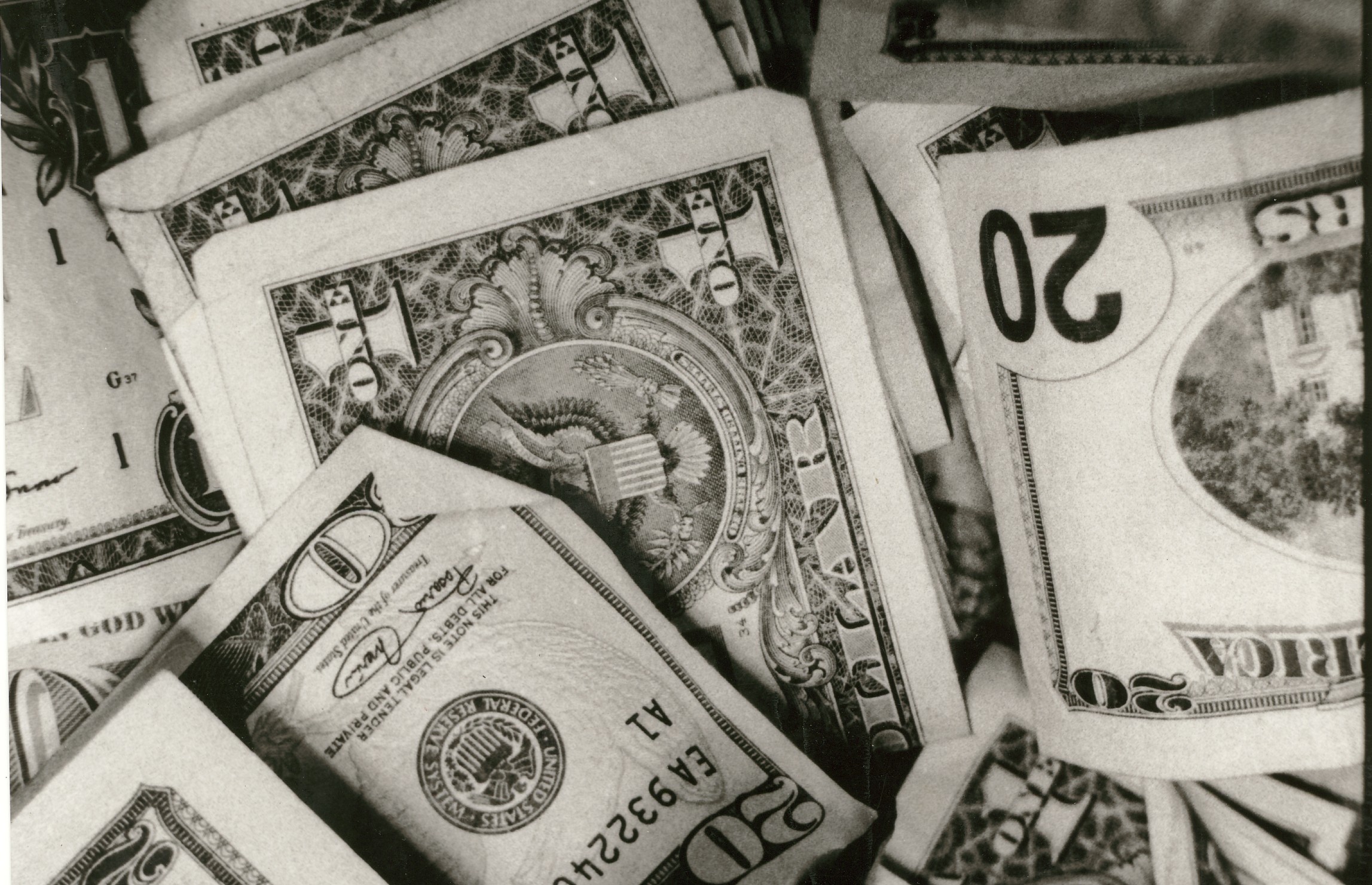What do George Washington, Thomas Jefferson, Abraham Lincoln, Alexander Hamilton, Andrew Jackson, Ulysses S. Grant, Benjamin Franklin, and Franklin D. Roosevelt have in common? They are all founding fathers or former presidents; they are all featured on U.S. currency; and they are all white men.
Changing the latter point is the goal of Women On 20s, a group working to replace Andrew Jackson’s face on the 20-dollar bill with a woman’s face. The group’s site reads, “The year 2020 marks the 100th anniversary of the passage of the 19th Amendment that granted women the right to vote. So it seems fitting to commemorate that milestone by voting to elevate women to a place that is today reserved exclusively for the men who shaped American history. That place is on our paper money… Let’s make the names of female ‘disrupters’ – the ones who led the way and dared to think differently – as well-known as their male counterparts.” The group selected the 20-dollar bill as the focus of their efforts for two reasons: first, because Jackson, as president, effected the mass relocation of Native Americans, and second, because Jackson opposed central banking and paper currency, making him a rather strange choice to feature on the bill.
After conferring with women’s historians and academics, Women On 20s selected 100 possible women for consideration, all of whom “embody the values, ambitions and ethics upon which this country was founded.” The list was narrowed to fifteen candidates for a first round of online popular voting: Alice Paul, Betty Friedan, Shirley Chisholm, Sojourner Truth, Rachel Carson, Rosa Parks, Barbara Jordan, Margaret Sanger, Patsy Mink, Clara Barton, Harriet Tubman, Frances Perkins, Susan B. Anthony, Eleanor Roosevelt, and Elizabeth Cady Stanton. The first round of voting, which attracted 256,659 voters, further narrowed the pool of candidates to Eleanor Roosevelt, Harriet Tubman, and Rosa Parks. In addition, Women On 20s added a fourth final contestant, Cherokee Nation Chief Wilma Mankiller, due to a belief that voters should have the opportunity to replace Jackson with a Native American. The final round of voting is now live on the group’s site. Once the voting is completed, the group plans to pressure President Obama’s administration to adopt their choice for the bill through the online petitioning platform We the People.
While petitions on the site have not been particularly successful, the campaign by Women On 20s has potential, since the Obama administration can unilaterally make this decision. The Department of the Treasury, and the Secretary of the Treasury in particular, has the ability to change the design of currency, although a change can also come from federal legislation. Women on 20s considers the former avenue much more probable – and rightly so, as partisan gridlock would likely thwart this push for female representation.
Within the DoT, the Bureau of Engraving and Printing handles paper currency and other securities, while the U.S. Mint manufactures coins and other medals. U.S. Code, Title 31, Section 5114 mandates that all U.S. currency must be inscribed with the phrase “In God We Trust” and that only deceased individuals can be featured on currency. The portraits on U.S. bills have remained unchanged since 1929.
President Obama has signaled some support for female inclusion on U.S. bills. Time reported in late March that President Obama had responded to a nine-year old girl from Massachusetts, who had written to the president to ask she did not see any women on dollars or coins and to suggest some possible women to showcase. These women included Helen Keller, Rosa Parks, Emily Dickinson, Michelle Obama, Hillary Clinton, Ida B. Wells, and others. Mentioning her letter in a speech, President Obama called it a “pretty good idea.”
A comparison across countries demonstrates that the United States is relatively exceptional in its exclusion of women from currency: Canada features Queen Elizabeth II, the country’s constitutional monarch, on its 20-dollar bill, as well as on one side of each of its coins. England similarly features the queen on many of its bills – including the 5, 10, 20 and 50-pound notes – and, like Canada, on each of its coins. The Mexican 200-peso note shows the face of Sor Juana Inés de la Cruz, a female writer and poet who lived in the 17th century. The reverse side of 500-peso note shows the face of painter Frida Kahlo.
A Time article reports that Syria’s 500-pound note features Queen Zenobia of the 2nd century The Philippines’s first female president, Corazon Aquino, is shown on its 500-peso note, and early suffragist Josefa Llanes is featured on the its 1000-peso note. Activist and novelist Fatma Aliye Topuz appears on Turkey’s 50-lira note. Argentina’s former First Lady Eva Perón appears on the 100-peso note and 19th century activist Manuela Rosas appears on the 20-peso note. Australia has perhaps the most female-inspired currency; a different woman on every one of its bills.
The European Union is something of on outlier in this trend. However, it’s not as though the currency prominently features men over women; the euro banknotes display no faces, only architecture and landmarks. The euro coins have a common side, shared by all coins, and a national side, designed by the country issuing them. The common sides show no faces, only geographical depictions of the European Union throughout its evolution. While the national sides vary from country to country, at least three member states have opted to feature a female face.
It is somewhat unclear why the United States has lagged so far behind in the representation of women on its currency. Representation matters, as it shapes both the perceptions of certain groups held by others and the extent to which members of these groups feel seen and valued by society. We can only hope, therefore, that Women On 20s is successful in their efforts and that by 2020 we see the face of Eleanor Roosevelt, Harriet Tubman, Rosa Parks, or Cherokee Nation Chief Wilma Mankiller on our 20-dollar bill.
